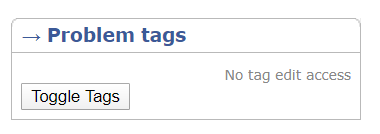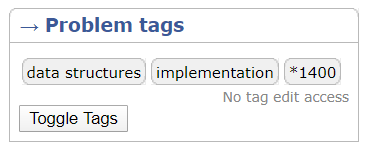Hello guys, Can anyone explain me how to do Problem E . (I came up with a greedy solution where in we sort based on the last candidates and remove first k polls until the sum of last candidate is less than at least one candidate. nut realized it would be wrong.) So can anyone explain a way to do this. Thank you!
I read the editorial and couple of other people's solution, but I couldn't understand what's going on.












